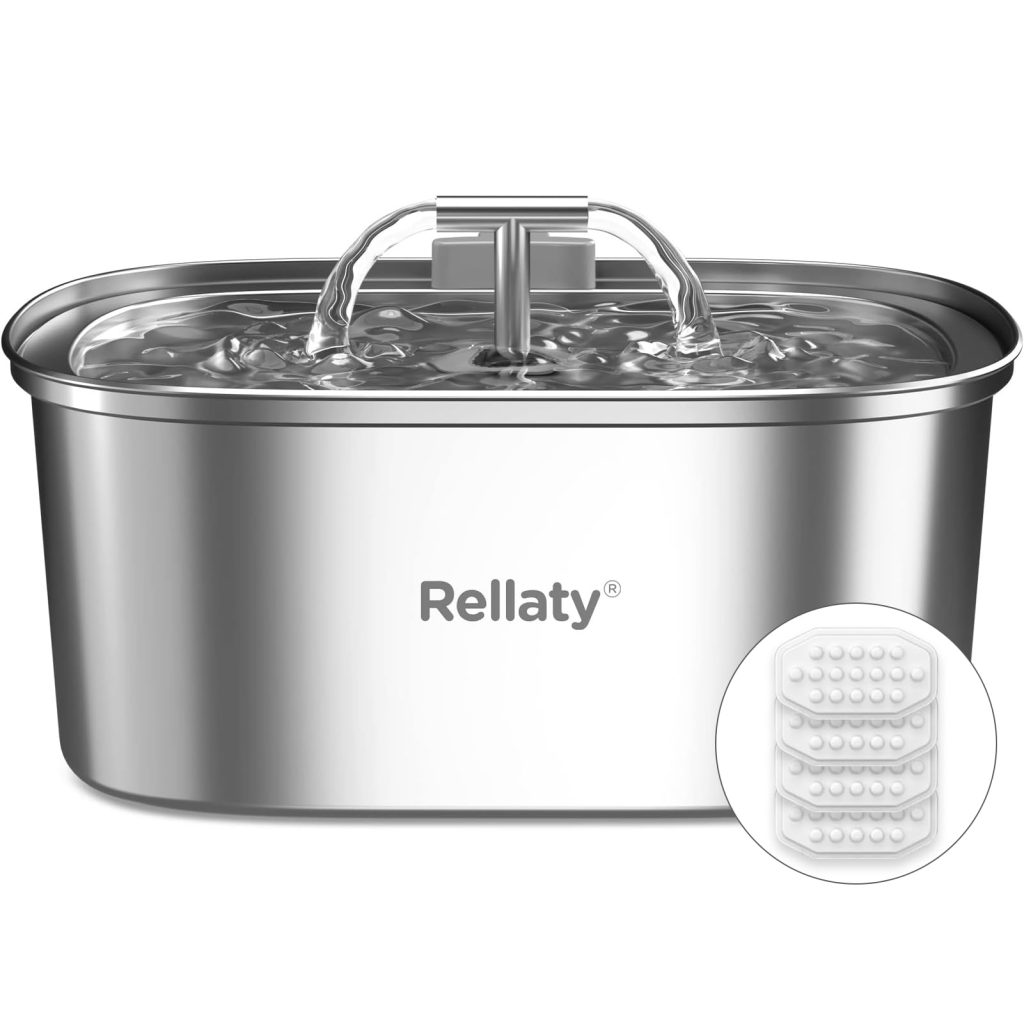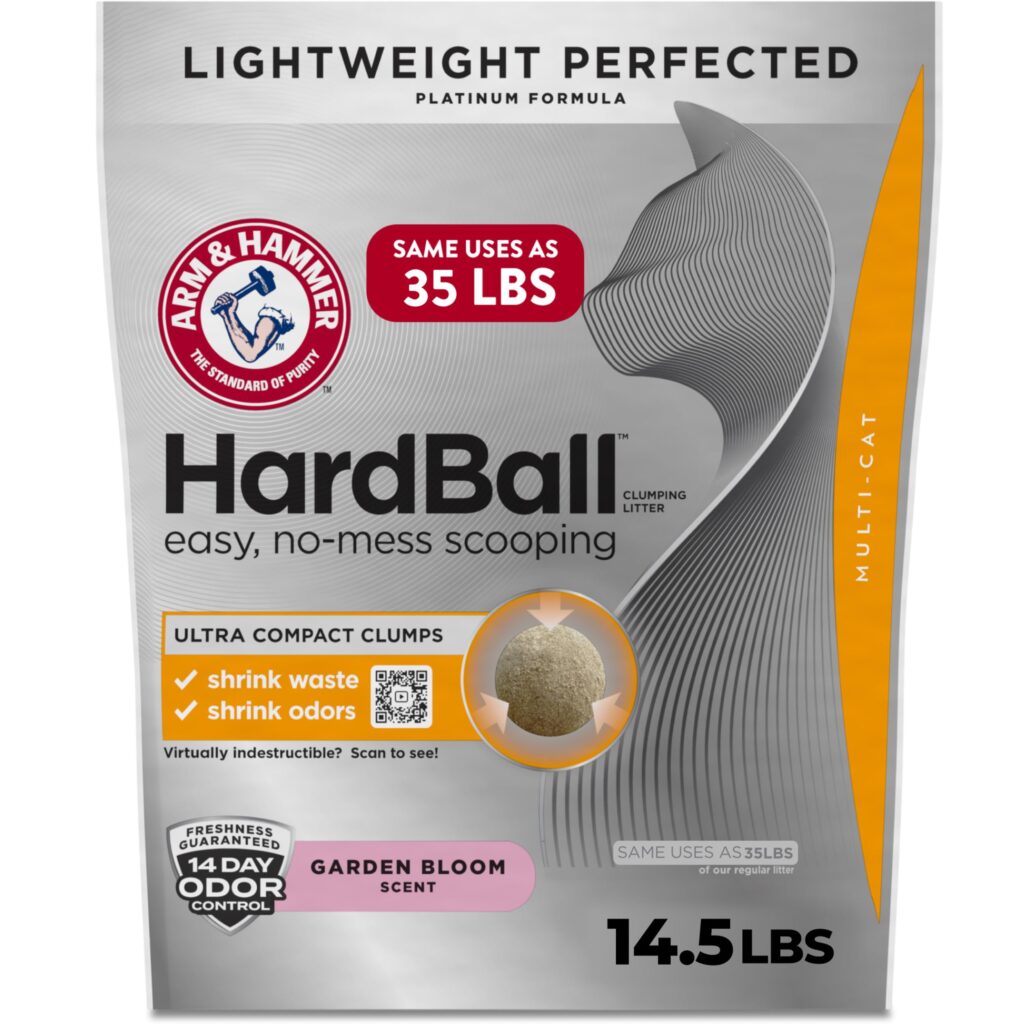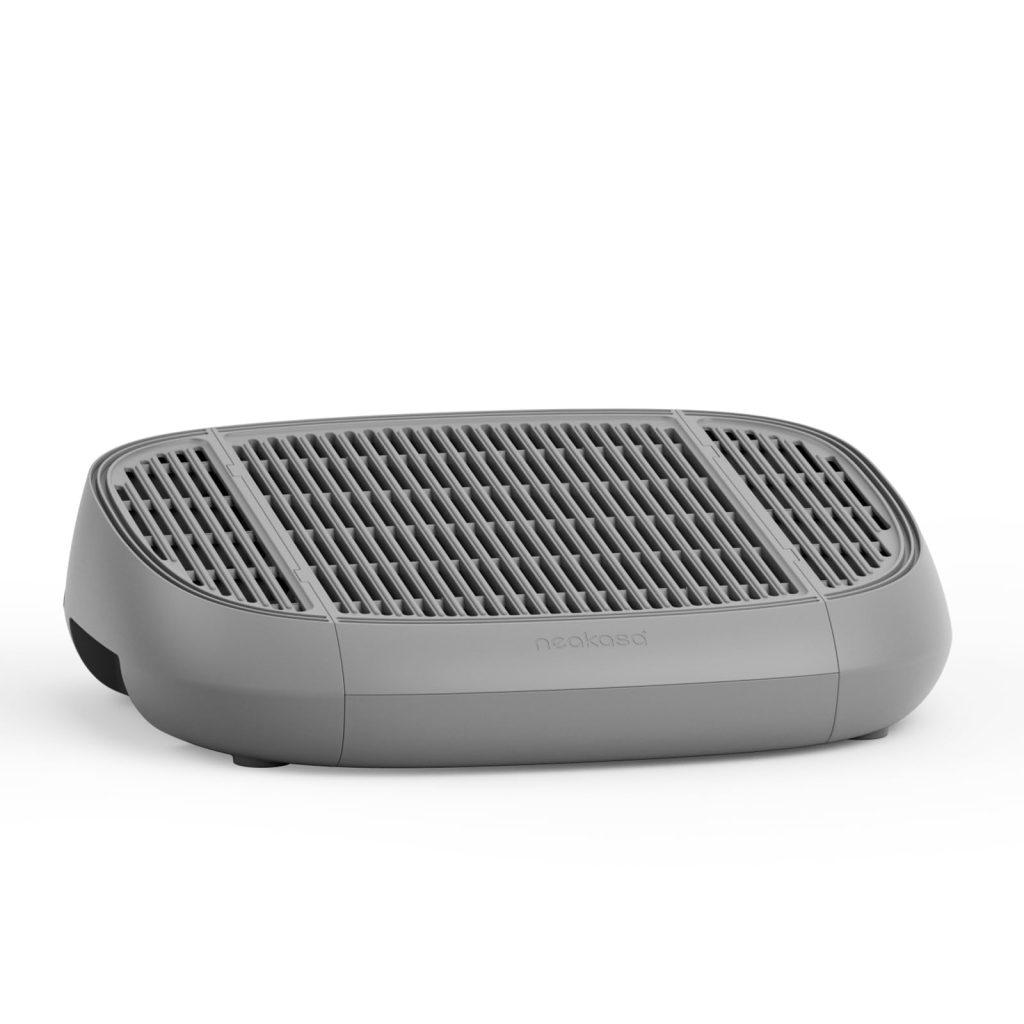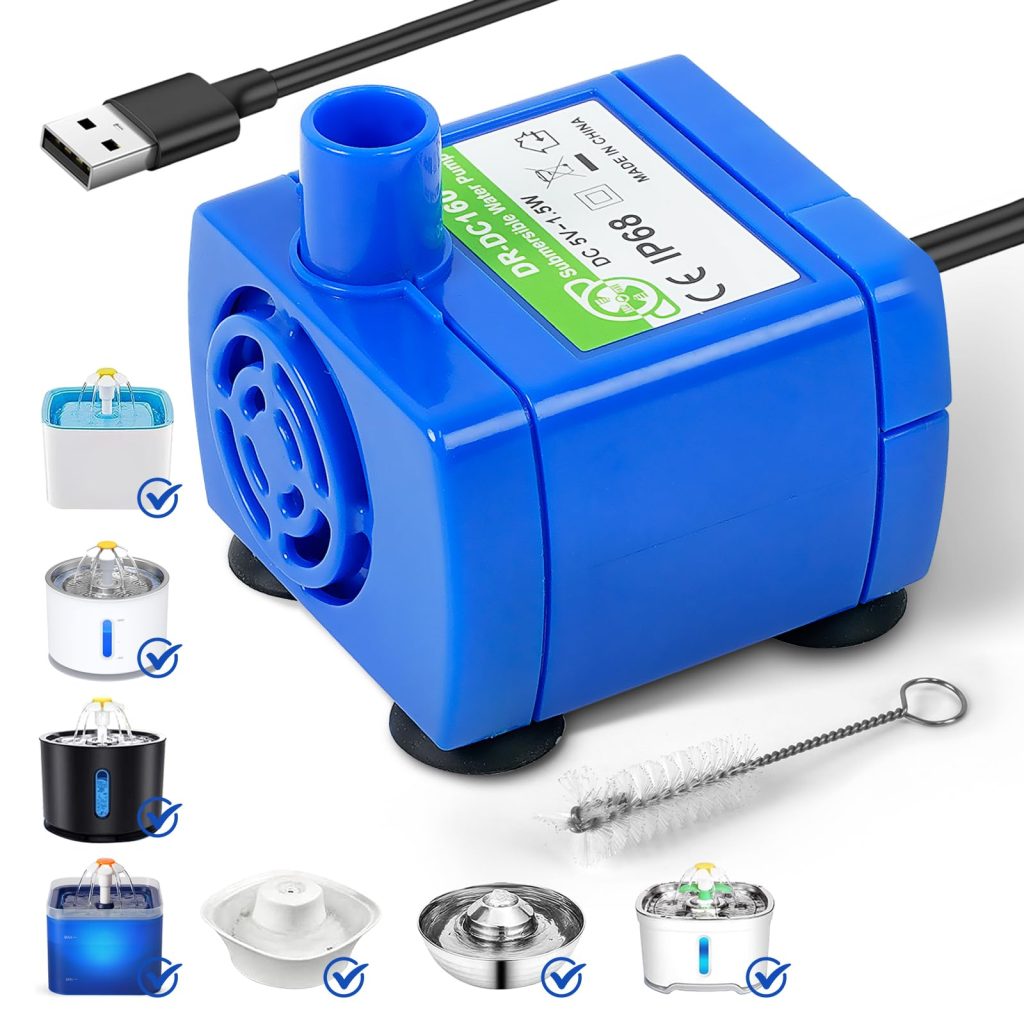
Identifying Common Allergens in Cats
It turns out, our feline friends can be just as sensitive to allergies as we are, and identifying what’s causing their sneezes, scratches, and squirms is key to keeping them happy and healthy. Think of allergens as the undercover mischief-makers of your cat’s world. They’re found in the most surprising places and can stir up quite a bit of trouble.
Firstly, there’s the usual suspect: food. Just like humans, cats can show allergic reactions to certain ingredients in their diet. It’s often proteins from meats like beef, chicken, or fish that can have cats itching more than an over-enthusiastic DJ. But it is not just about what they eat. Additives and preservatives in cat food can also wear the villain’s mask in this allergy mystery.
Then we’ve got the indoor sneak-attack allergens – consider dust mites, mold spores, and the humble household flea. It may surprise you, but these tiny critters can cause a massive reaction in sensitive kitties. In fact, fleas tend to take the lead role when it comes to making cats miserably itchy, even with just one bite. And don’t get me started on flea saliva — it is like kryptonite to a cat’s immune system!
But wait, there’s more! Pollen from trees, grasses, and weeds isn’t just a human worry. Our cats can also be sensitive to these floaty bits of nature. When pollen counts soar, some cats might be found sneezing away or obsessively grooming themselves to try to ditch that pesky pollen.
Oh, and let’s not forget the wide world of household cleaners and perfumes. Cats have delicate senses and certain chemicals can seriously rub them the wrong way. It’s like walking into a cloud of cologne for us — overwhelming and just too much!
So what does this mean for you as a loving pet parent? Paying attention to your cat’s environment is a huge leap forward in tackling allergies. Whether it’s a sniffling after a bowl of kibble or a scratching session post-flea-season, understanding these common allergens is the first step towards giving your kitty some relief. Keep an eye out for signs of discomfort and think what in your furry pal’s immediate surroundings might be the hidden culprit. Your cat will thank you with purrs aplenty!
Symptoms of Cat Allergies in Humans
So, you love your furry ball of whiskers but find yourself sniffling every time you snuggle up? Welcome to the club of cat allergy sufferers! But don’t worry; you’re not alone in this sniffly conundrum. Cat allergies in humans are more common than you might consider, and they come with a colorful bouquet of symptoms.
First off, if your eyes become itchy, red, or resemble a weepy willow after coming in contact with a cat, you’ve got classic signs of an allergy. And let me tell you, it’s not the cat’s longing gaze that is doing this — it’s likely to be the proteins secreted from their skin and fur. The tears streaming down your face might feel like an overreaction to a cute meow, but it is actually your body’s overreaction to these allergens.
Now let’s chat about the nose, our personal pollen detector. Encounter a kitty and suddenly your nose goes on a marathon run? Yep, that’s another tell-tale sign. Congestion, sneezing, and that ‘I can’t seem to clear my throat’ feeling, are the body’s way of saying “We’ve got an intruder!” Again, it is not Fluffy’s fault — those pesky proteins are playing havoc with your sinuses.
But wait, there’s more! For some, cuddling with a cat ends with skin singing the blues — I’m talking about hives, redness, or even eczema. If your skin breaks out faster than a teenager before prom night after petting Mr. Whiskers, it is likely an allergic reaction.
Oh, and for the grand finale — the lungs. Asthma can be exacerbated by cat allergies and this is no laughing matter. Frequent coughing, wheezing, or even struggling to catch your breath (and not just because you’re overburdened by kitty cuteness), means it’s time to chat with your doctor. Essentially, your airways are throwing their own protest against cat dander.
But don’t despair! Knowing these symptoms means you’re on your way to managing them. Cats are charming creatures; their mysterious aura and penchant for finding the warmest spot in the house is enchanting. And although their presence can make some of us sniffle and sneeze more than we’d like, with the right understanding and treatments, we can still bask in their purrfect company.
Remember, knowledge is power — or in this case, the power to keep hugging your cat without turning into a watering pot. So keep an eye out for these reactions, because it’s all about finding that balance between loving cats and loving yourself!
Diagnosis and Testing for Cat Allergies
If you suspect that you or someone in your home might have a cat allergy, fear not – there are ways to confirm your suspicions. Consider of diagnosis and testing as your very own detective work, where the goal is to catch the culprit: the allergy-inducing cat proteins. It is like playing a game of Clue, but instead of finding out if it was Colonel Mustard in the library with the candlestick, you are finding out if it’s the kitty in the living room with the dander.
To crack this case, a trip to the allergist’s office is in order. The allergist will play Sherlock Holmes and conduct a detailed interview about your symptoms and exposure to cats. It’s important to share all your observations, no matter how small. Did your sneezes seem to start after adopting Mr. Fuzzyboots? Does entering the room where Princess Paws reigns supreme have you reaching for tissues? These are clues that can help solve the mystery!
Next up in our investigation is the skin prick test. This test is like getting a sneak peek at your immune system’s playbook. The allergist will introduce a tiny amount of cat allergen into your skin and watch closely to see how your body reacts. If a red, itchy bump emerges on your skin – bingo! – you may have hit allergy jackpot.
For those who aren’t on close terms with needles, a blood test can be arranged. A sample of your blood will be scrutinized for antibodies against cat allergens. It’s like putting your antibodies under a magnifying glass and uncovering whether they’ve been secretly trained to attack cat proteins.
It is time to say you have a hunch that you’re allergic, but you’re not ready to visit an allergist just yet. You might think an at-home testing kit. While not as thorough as an in-office exam, it can be a useful preliminary step towards identifying an allergy.
However, remember that these tests aren’t always purr-fect and can sometimes give false alarms or miss the mark. So even if you use a home kit, it’s always best to discuss your results with a healthcare professional. They can help interpret the findings and guide you towards the next steps for living harmoniously with both your kitty and your nose.
The road to allergy clarity might have twists and turns like any good mystery novel, but with the right tests and expert insights, you can find your way to a less sniffly life with your feline pal. Your quest for answers may require some patience, but imagine the satisfaction when you can finally say, “Elementary, my dear Watson! It is the cat dander in the den with the proteins!”
Management and Treatment Options for Cat Allergies
Let’s turn the page from detective work to strategic planning, because managing and treating cat allergies once they’ve been identified gets us into the real nitty-gritty. Think of it as a tactical game where each move is designed to reduce your symptoms and keep your beloved furball by your side.
First things first, let’s talk about creating an allergen-free zone. Your bedroom is prime real estate for this endeavor. Investing in a high-efficiency particulate air (HEPA) purifier works wonders at capturing those rebellious airborne cat allergens. Combine this with regularly washing bedding in hot water, and you’ve got a stronghold against nighttime sniffles.
Now, onto tackling the source – your cat. Regular baths for your feline friend can help wash away some of the allergens clinging to their fur. I know, I know – Cats and water can be like oil and vinegar, so it’s essential to go slow and maybe even consult with a professional groomer or your vet for advice.
Want to up the game even further? Dusting with a vengeance and vacuuming frequently with a HEPA-filter vacuum will help dispose of the tiny particles that are wreaking havoc on your sinuses. It’s less about becoming a clean freak and more about outsmarting those microscopic invaders.
And here’s a rather cozy strategy—anti-allergen sprays or powders that you can apply to upholstery or your cat’s bed to neutralize allergens. It is like adding an invisible shield that protects both your furniture and your tissues.
But what about when the strategies require more than just a dustpan and a purifier? Medication can be a trusty sidekick in this battle. Over-the-counter antihistamines might dull your body’s dramatic response to Mr. Whisker’s dander. For more severe cases, your doctor could prescribe corticosteroids or other medications to keep the allergic reactions at bay.
Occasionally, immunotherapy, also known as allergy shots, may be suggested by an allergist. It takes commitment, as you’ll be looking at a long-term treatment plan, but it’s all about playing the long game. Imagine – building up your tolerance to cat allergens over time? That’s like transforming from the allergy-prone hero into an allegen-defying warrior!
Lastly, let’s not forget the power of self-care. Staying hydrated, eating a balanced diet, and taking care of your overall wellbeing can contribute enormously to managing allergies. It’s a full-circle approach, where your general health can have a positive effect on reducing allergy symptoms.
Endless sneezes and itchy eyes need not be the iron-clad fate of a cat lover. With these management strategies and treatments under your belt, you can craft an environment where both you and your kitty can thrive together, building fond memories free of the watery eyes and constant tissue grabbing. So equip yourself with the know-how and tools necessary, and declare victory over those pesky allergies!







